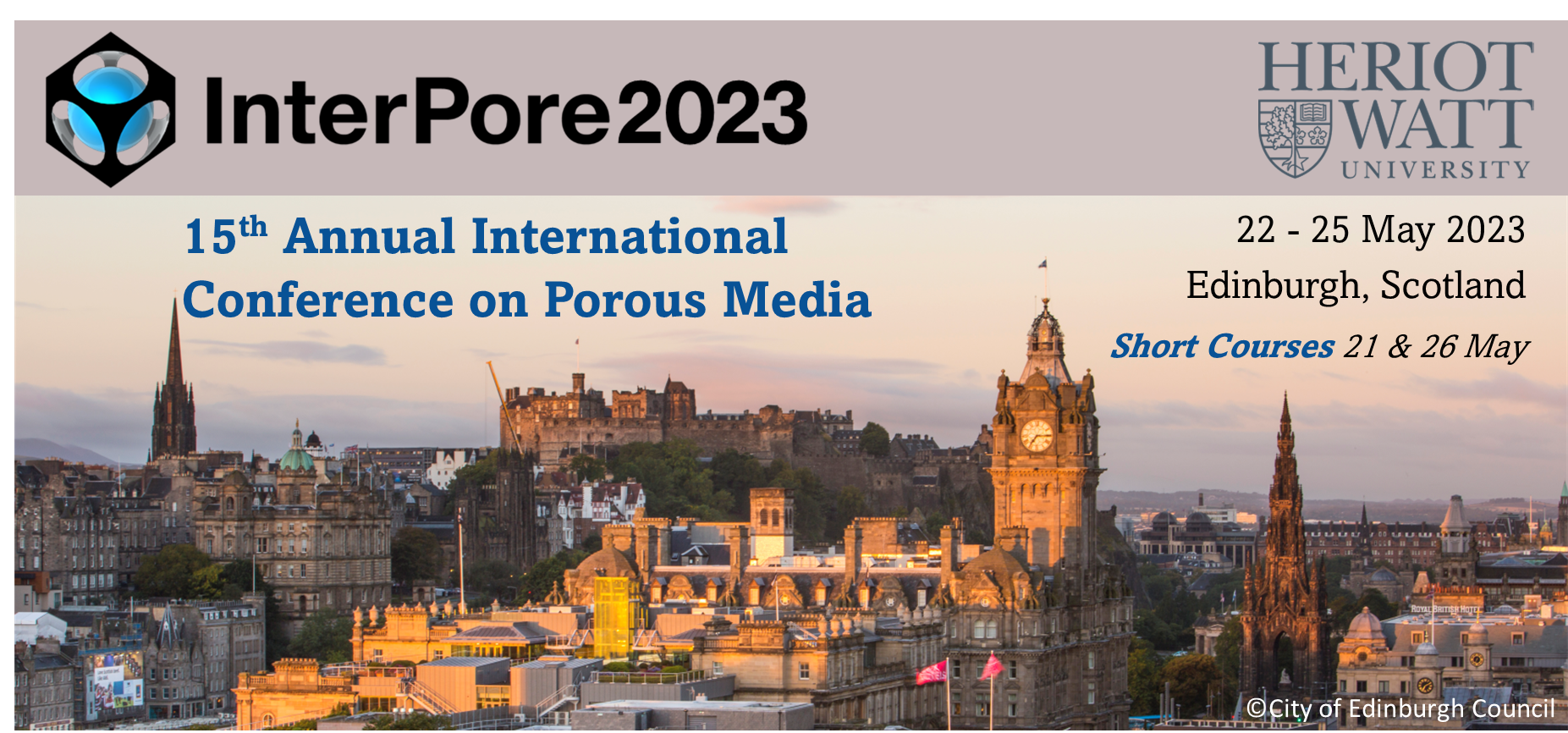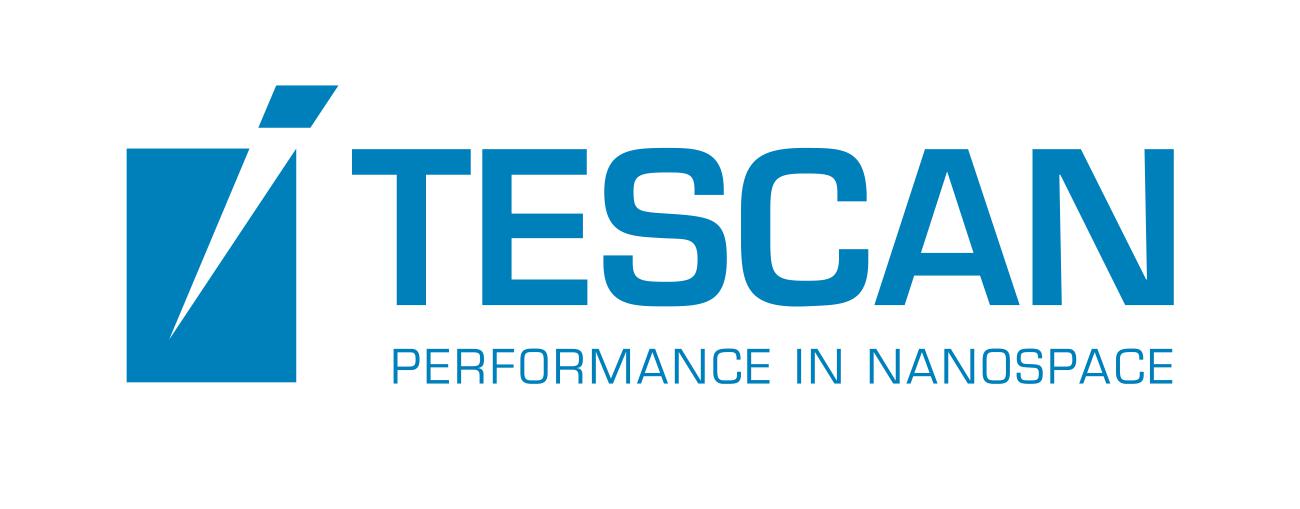Speaker
Description
The spreading of Brownian particles in space, in a macroscopically one-dimensional domain, is described by a Gaussian law for the probability density function. But deviations from Brownian motion are widespread across disciplines, and diffusion frequently exhibits a power-law dependence $⟨x^2(t)⟩ ≃ K_βt^β$, in terms of the anomalous diffusion exponent $β$ and the generalized diffusion coefficient $K_β$ (with physical dimension length$^{2}$/time$^{β}$). Examples of anomalous diffusion arise in charge carrier motion in amorphous semiconductors, passive tracer particle motion and molecular motor-driven motion in biological cells, motion of particles in crowded environments such as biological membranes or dense liquids, and transport in gels. And yet, in naturally occurring porous media such as soils and rocks, as well as in natural and engineered pore structures such as membranes and in catalytic systems, diffusion of chemical species is almost invariably modelled as a Brownian process in terms of Fick’s law; these disciplines completely ignore the possible—or likely—occurrence of anomalous diffusion in such heterogeneous, disordered media. Here, we develop the continuous time random walk (CTRW) framework to anomalous diffusion (with no advective velocity component) in disordered and porous media. For an effectively one-dimensional, semi-infinite disordered system connected to a reservoir of tracer particles kept at constant concentration, we provide the dynamics of the concentration profile. We develop a formulation for the concentration profile $C(x,t)$ in a semi-infinite space for the boundary condition $C(0,t) = C_0$, using a subordination approach. From this, we deduce the tracer flux and breakthrough curve at a given distance from the tracer source. For the "residual" breakthrough curves, given by $1-C(x,t)$, we demonstrate a long-time power-law behavior that can be compared conveniently to experimental measurements, which are currently in progress. For completeness, we also derive expressions for the moments in this constant-concentration boundary condition.
| Participation | In-Person |
|---|---|
| Country | Israel |
| MDPI Energies Student Poster Award | No, do not submit my presenation for the student posters award. |
| Acceptance of the Terms & Conditions | Click here to agree |







